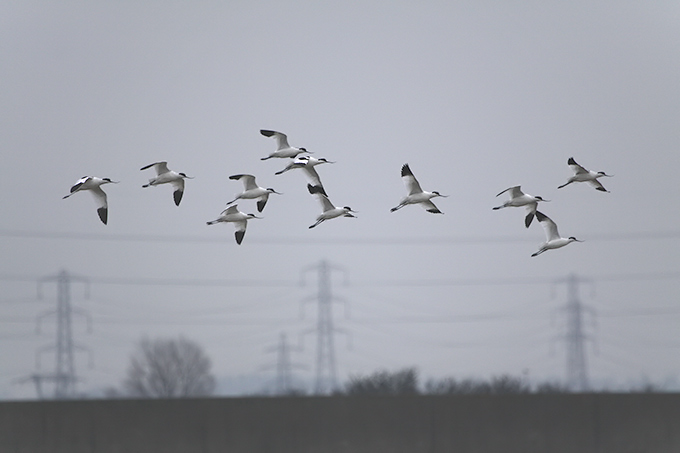This site on the Essex coast lies within 20 miles of London. As such it is under the same pressures from development that afflict most relatively undeveloped inner Thames coastal sites. Only part of the site is a local nature reserve and there are no site facilities except for an anglers' car park. The levels of protection that apply to the other parts of the area vary and are not clear from the sign. However, some of the site especially the intertidal zones, presumably fall within the Thames Special Protection Area.
Photo 1 shows the single signpost giving details of the area. The farmland between the railway and the shore is scheduled soon to be opened to the sea as part of a managed coastal realignment.

Photo 2 shows Stanford Warren and Nature Reserve, protected for its reed bed which is important to wildlife including several bird species.
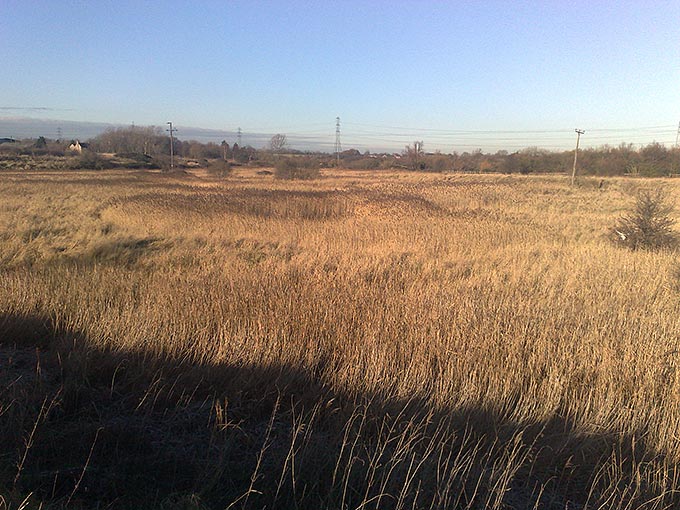
Photo 3 shows part of Stanford Warren Angling Lakes. As well as the fishery, the value of these lakes to waterbirds is also recognised.
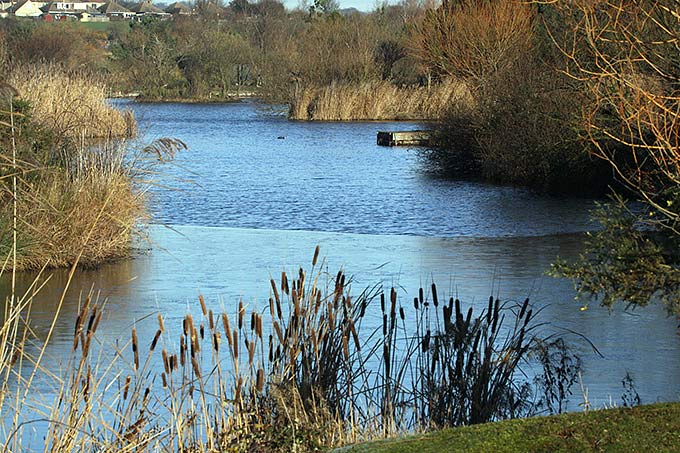
Photo 4 shows the seawall and the tidal Mucking Creek with areas of saltmarsh.
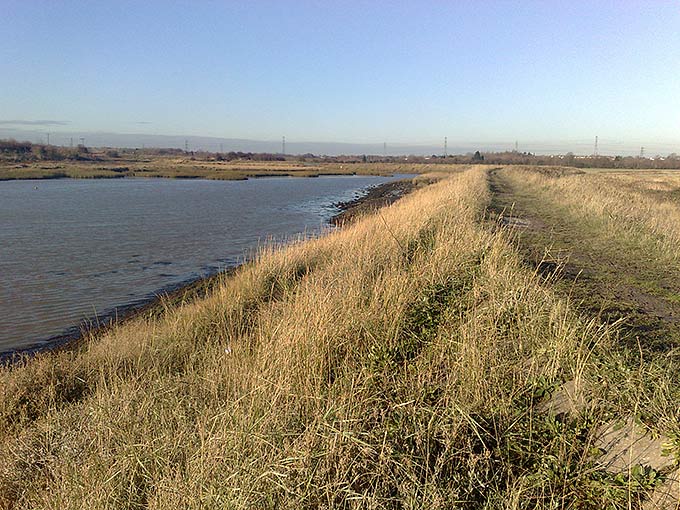
Photo 5 shows Earls Hope Saltmarsh at the eastern end of the site.
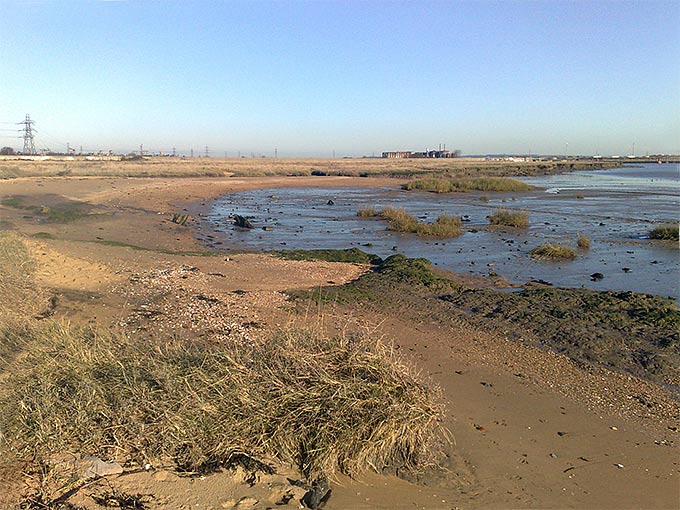
Photo 6 shows the seawall and part of the farmland within which is due to be reopened to the sea as part of a realignment scheme.
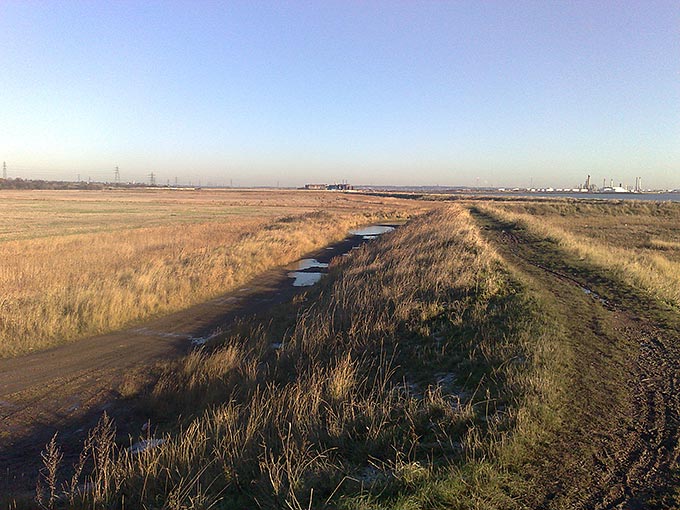
Photo 7 and Photo 8 show the tidal flats at high and low tide respectively.
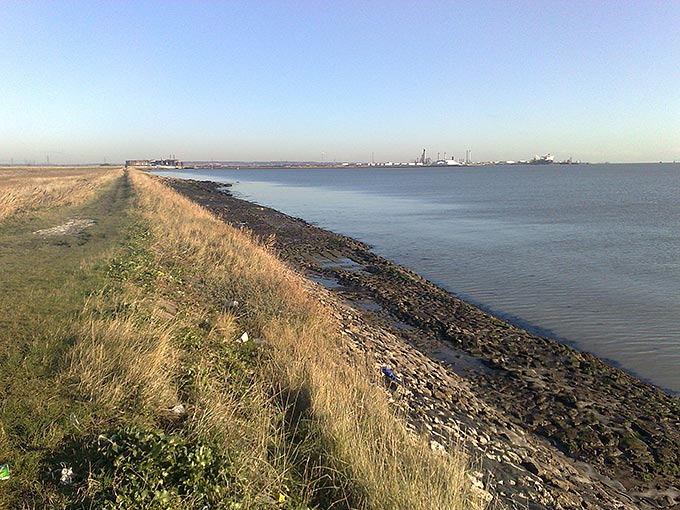
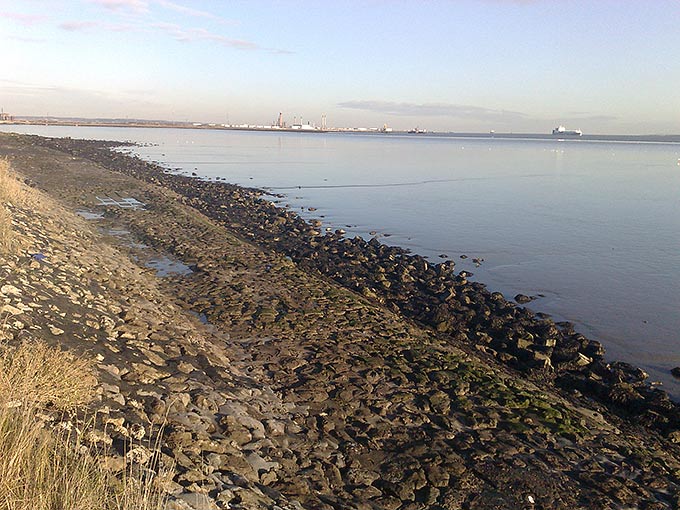
Photo 9 shows a group of Avocets in flight. Up to a 1000 of this species winter on these tidal flats.
